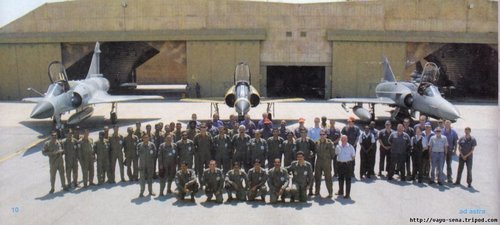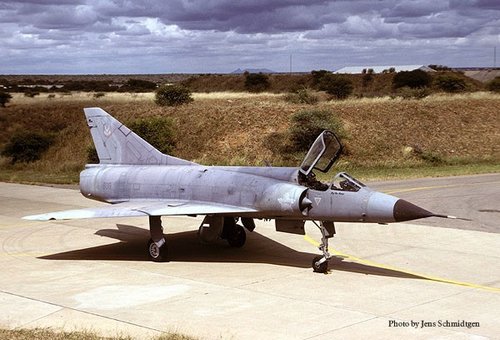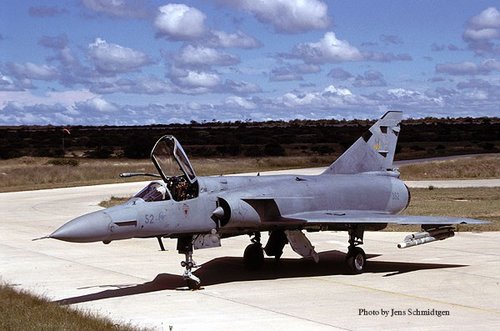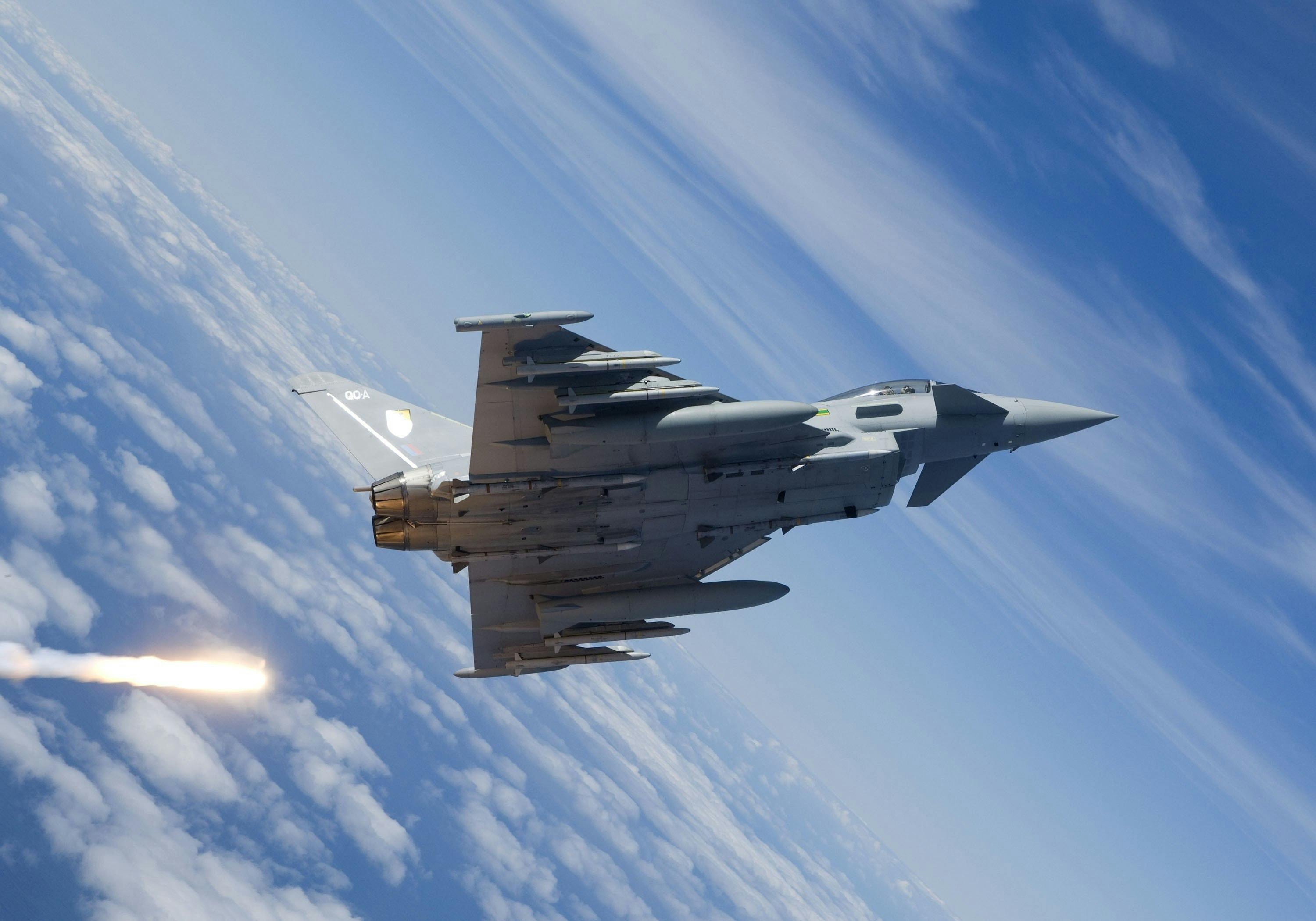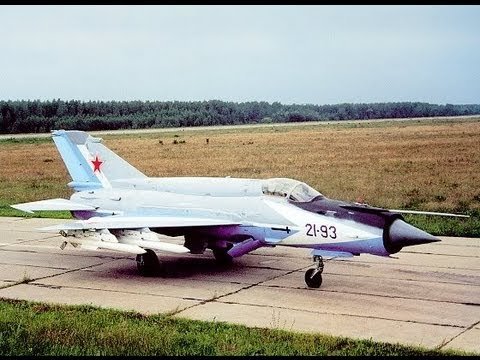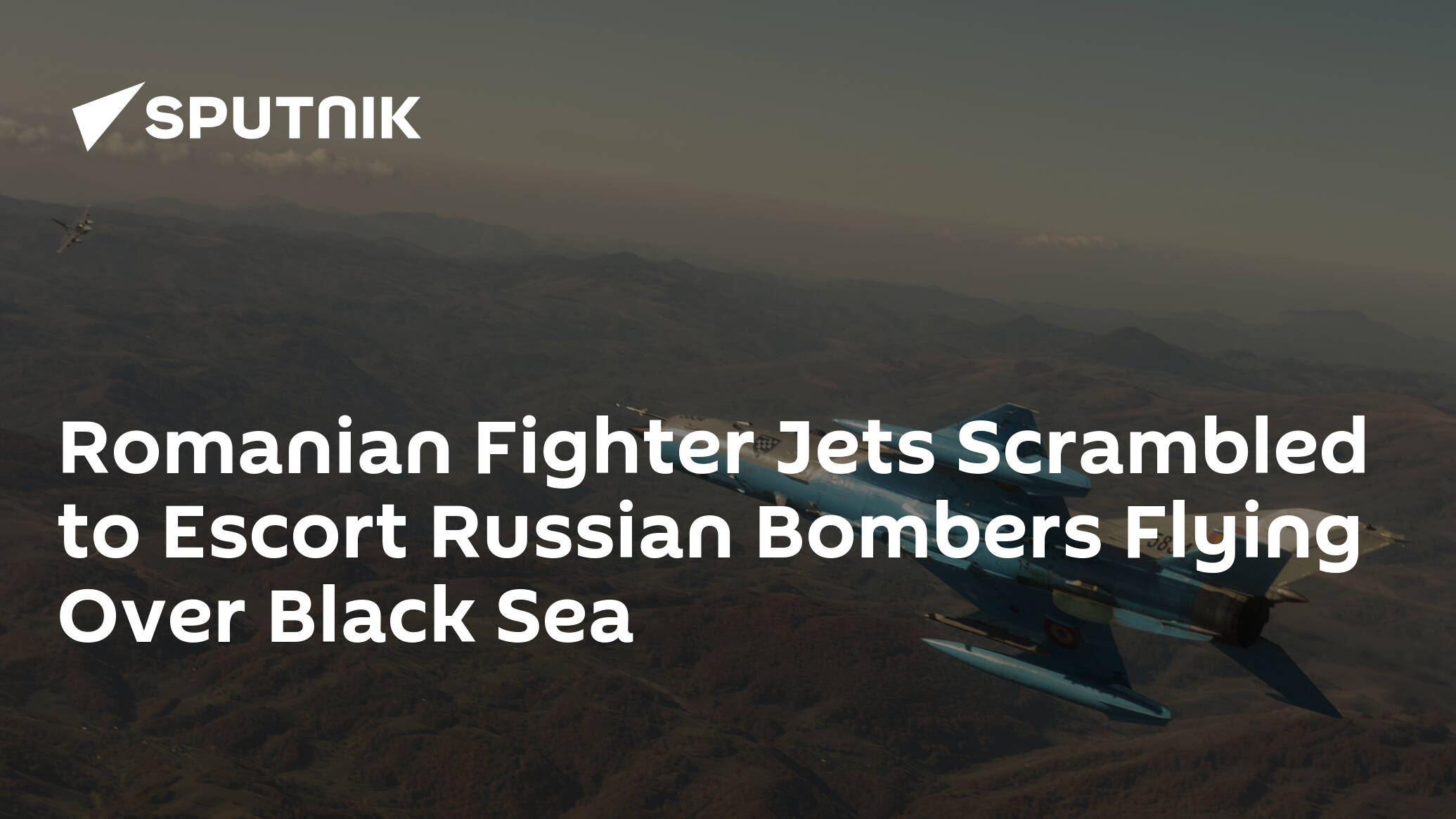- Joined
- 29 November 2010
- Messages
- 1,776
- Reaction score
- 3,481
The F-15EX thread got me thinking about aircraft generation and cost effectiveness
For example a lot of 5th gen aircraft are expensive to acquire, expensive to maintain (at the time), and require more infrastructure and maintenance overall
thus why the F-15EX is being pushed, it could do some other jobs more cheaply.
there are some jobs that people argue don't really need fancy equipment.
routine air patrols, transports, etc.
how about in terms of 3rd gen combat aircraft?
there are still quite a few countries operating them... although it may change when the global situation of spares changes
Do you see them as keeping them for some specific duties, as being more cost effective than moving over to the 4th or 5th gen counterparts?
For example a lot of 5th gen aircraft are expensive to acquire, expensive to maintain (at the time), and require more infrastructure and maintenance overall
thus why the F-15EX is being pushed, it could do some other jobs more cheaply.
there are some jobs that people argue don't really need fancy equipment.
routine air patrols, transports, etc.
how about in terms of 3rd gen combat aircraft?
there are still quite a few countries operating them... although it may change when the global situation of spares changes
Do you see them as keeping them for some specific duties, as being more cost effective than moving over to the 4th or 5th gen counterparts?

